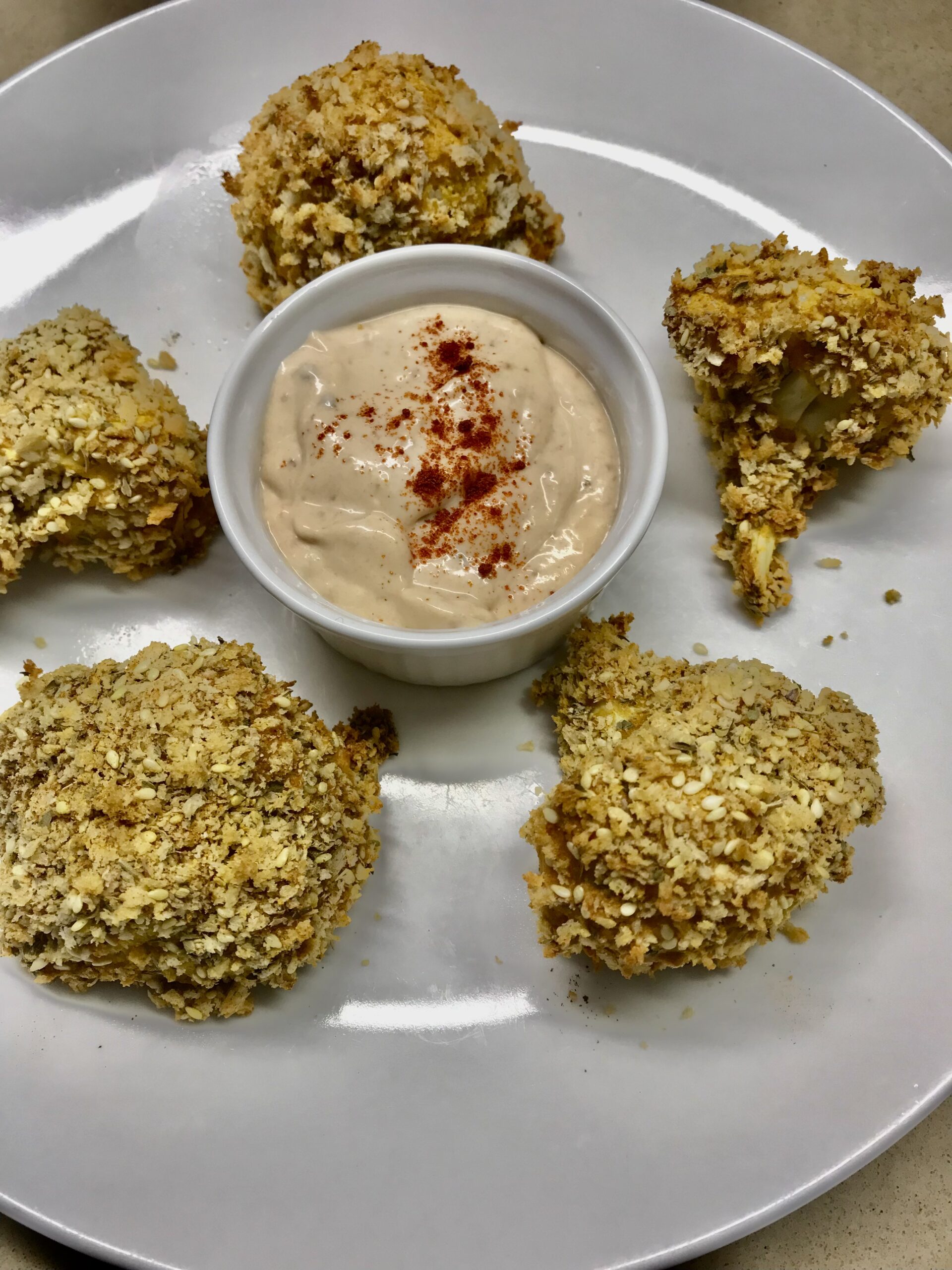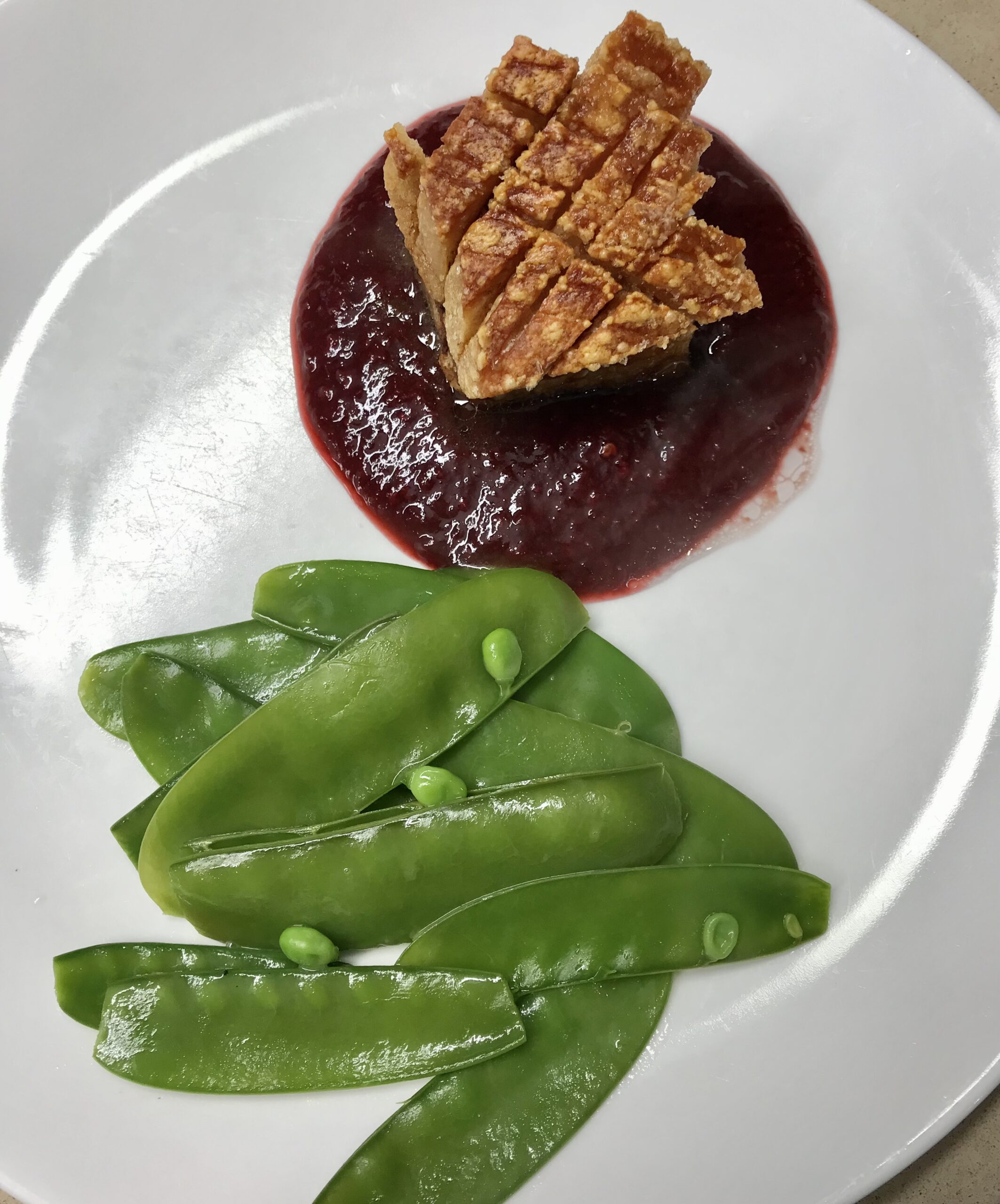This dish was inspired by a starter we were served at a black tie dinner at the Commonwealth Club in Canberra. It was created by Executive Chef, Mr Karl Krautler.
Karl used salmon confit while I used home-made salmon gravlax. I added some pickled radish slices and a few pink peppercorns and made larger servings to serve as a light main course. This quantity is enough for two light mains or four starters.
There’s a recipe on this blog for Gravlax which you can use in this dish – slice thickly then cut into small cubes. Or use what I call my quick Gravlax. Just buy between two and four salmon portions (preferably without skin) and put them in a plastic container with a tablespoonful each of sugar and salt and maybe a small slug of gin or vodka (optional). Refrigerate for 2-3 days, turning once or twice, then pat dry, wrap with clingfilm and use within a day or so or freeze. Very useful for all sorts of dishes, including canapés.

1 small cauliflower or ½ large
2-3 Tbs cream
Salt and freshly ground black pepper
250-300g cubed salmon Gravlax (see above for link)
1 Lebanese cucumber, half the peel removed (if preferred remove it all)
¼ preserved lemon
1 Tbs extra virgin olive oil
2-4 tsp lemon or lime juice, to taste
Sliced pickled radishes (see note below)
2-3 tsp pink peppercorns
A few micro-herbs or tiny rocket leaves
Extra virgin olive oil to drizzle
Break cauliflower into florets, place in a saucepan, cover with water and bring to the boil. Cook for 15 minutes or until tender then drain and blend in food processor with the cream and seasoning.
When cool spread some cauliflower cream on two serving plates (or four if doing starters). Discard pulp from the preserved lemon, then finely dice the skin. Mix with the salmon, oil and lemon juice. Arrange the salmon evenly over the cauliflower cream, then decorate with the cucumber (seeds removed, cut into chunks), radish slices (whole or halved), pink peppercorns and micro-herbs. Drizzle a little oil around each serving.
Serves 2-4
Pickled radishes: thinly slice 1 or 2 bunches of radishes (discarding the ends) and place in an empty jar. Heat ½ cup each sugar, water and vinegar in a saucepan with a tsp mustard seeds. Pour over the radish slices. Keep in the fridge. Give them a few days to mature before use.










